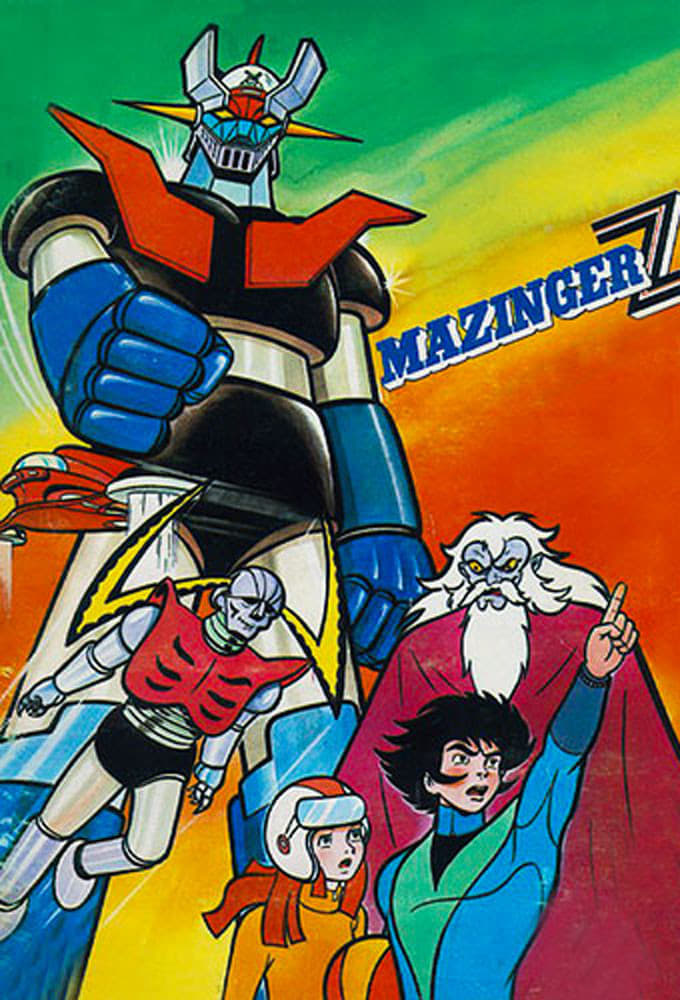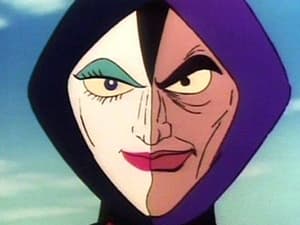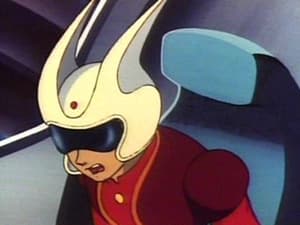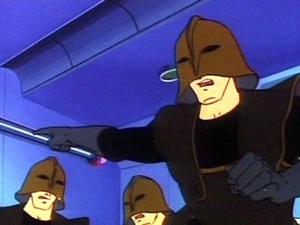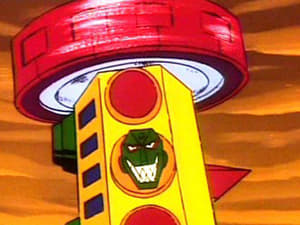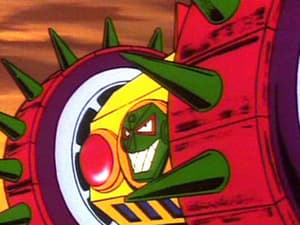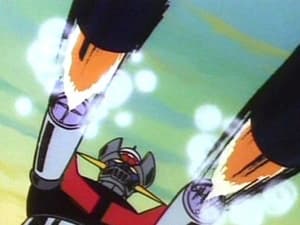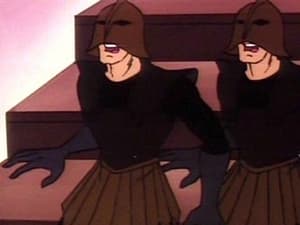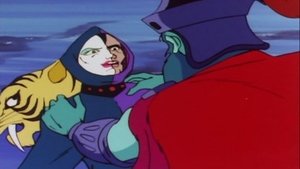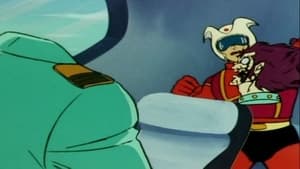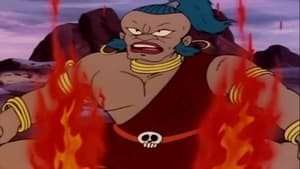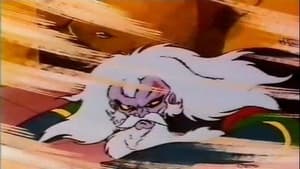Mazinger Z (1972) – Season 1
Mazinger Z
Backdrop for Mazinger Z.
Used for reference and discovery. All rights belong to their respective owners.
All episodes from Mazinger Z (1972) Season 1
|
|
Mazinger Z (1972) Season 1
Season 1 of Mazinger Z premiered in 1972 and marks an important evolution for the series as a whole. This new chapter expands the story world while deepening the emotional resonance that has always defined the show. From the opening scenes, it becomes clear that the narrative has grown more reflective, embracing mature themes and layered storytelling. The season builds upon the foundations of previous installments but takes greater creative risks—experimenting with pacing, tone, and structure to deliver a more sophisticated experience. Viewers are invited to follow characters who are no longer just reacting to their world but actively shaping it, sometimes at great personal cost. The writing team crafts each episode with a strong sense of purpose, blending drama and tension with quieter, introspective moments that allow the story to breathe. The result is a season that feels cohesive yet unpredictable, familiar yet filled with new emotional depth.
Visually, Mazinger Z has never looked better. The production team approaches Season 1 with the confidence of a series that understands its own identity while still pushing boundaries. Every frame feels intentional: the lighting shifts from warmth to shadow to mirror internal conflict, and the camera often lingers on gestures or expressions that reveal more than words ever could. The color palette is rich yet grounded, reflecting the evolving tone of the story—from moments of hope to scenes of quiet despair. The costume and set design remain meticulously detailed, each environment telling a subtle part of the story. The music plays a key role as well, weaving emotional cues that guide viewers through tension, loss, and revelation. Even in its more restrained episodes, the season maintains a cinematic quality that rewards careful attention. This isn’t spectacle for spectacle’s sake—it’s a visual language that reinforces the emotional weight of each scene.
One of the strongest aspects of Season 1 is its focus on character evolution. The series refuses to let its characters remain static; instead, it challenges them to confront new dilemmas that test their beliefs and relationships. Long-time viewers will notice that familiar faces return under different circumstances, shaped by the consequences of their past choices. Meanwhile, new characters are introduced with purpose, expanding the story’s scope without diluting its focus. Each major character undergoes a journey that feels personal and believable—struggling with guilt, ambition, loyalty, and the search for identity. Some face external conflicts that mirror their internal battles, while others quietly unravel under the weight of memory and regret. The emotional honesty of the performances gives the season its power. Every exchange, whether whispered in a dimly lit room or shouted in desperation, carries meaning. It’s in these human moments—subtle, flawed, and deeply felt—that the show continues to earn its reputation as one of the most emotionally intelligent series of its kind.
As the episodes progress, threads from earlier seasons begin to intertwine in ways that feel both surprising and inevitable. The pacing is deliberate but never sluggish, allowing storylines to breathe and intersect naturally. Small details that once seemed incidental take on new significance, revealing just how carefully the season has been constructed. There are moments of revelation that leave audiences stunned, not because they are shocking for their own sake, but because they arise naturally from the logic of the narrative. Themes of forgiveness, accountability, and the cyclical nature of conflict are explored through parallel storylines, each offering a different perspective on what it means to change—or to refuse change. The writing shows restraint, trusting viewers to connect the dots rather than spelling out every emotion or motivation. The final stretch of episodes builds to a powerful crescendo, culminating in a finale that is both satisfying and open-ended. It honors what came before while laying the groundwork for future possibilities.
In its entirety, Season 1 of Mazinger Z stands as a confident, emotionally resonant continuation of the series’ legacy. It refines everything that fans love about the show—its attention to character, its moral complexity, its ability to blend realism with symbolism—while introducing new storytelling techniques that keep it fresh. The pacing, performances, and atmosphere come together to form a season that feels thematically rich and visually distinct. Whether you’re revisiting the series or experiencing it for the first time, this chapter offers something rare: a story that entertains while encouraging reflection. The writers understand that lasting impact comes not just from big moments, but from the quiet truths that linger after the credits roll. Season 1 invites audiences to think, to feel, and to question—and in doing so, it cements Mazinger Z as one of the most thoughtful and compelling shows of its era.
| Title | Mazinger Z | |
|---|---|---|
| Genre | Action & Adventure, Animation, Sci-Fi & Fantasy | |
| Air Date | 1972-12-03 | |
| Season | 1 | |
| Total Episodes | 92 | |
| Overview | Mazinger Z, known briefly as Tranzor Z in the United States, is a Japanese super robot manga series written and illustrated by Go Nagai. The first manga version was serialized in Shueisha's Weekly Shōnen Jump from October 1972 to August 1973, and it later continued in Kodansha TV Magazine from October 1973 to September 1974. It was adapted into an anime television series which aired on Fuji TV from December 1972 to September 1974. A second manga series was released alongside the TV show, this one drawn by Gosaku Ota, which started and ended almost at the same time of the TV show. Mazinger Z has spawned several sequels and spinoff series, among them UFO Robot Grendizer and Mazinkaiser. It was a very popular cartoon in Mexico during the 1980s, where it was dubbed into Spanish directly from the Japanese version, keeping the Japanese character names and broadcasting all 92 episodes, unlike the version aired in the U.S. | |
| Stars |
|
|
Mazinger Z - Season 1

Episode 1: The Birth of a Miraculous Robot
December 3, 1972

Episode 2: Stop the Ashura Army!
December 10, 1972
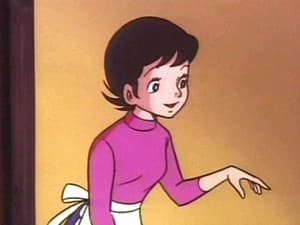
Episode 3: The Plan to Annihilate Mazinger Z
December 17, 1972

Episode 4: Mazinger Z in Peril!!
December 24, 1972

Episode 5: Ghost Mazinger Appears
December 31, 1972
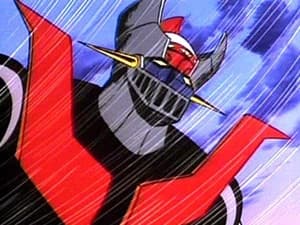
Episode 6: Dr. Hell's Two Great Mechanical Beasts
January 7, 1973
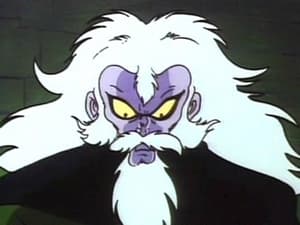
Episode 7: Baron Ashura's great strategy
January 14, 1973
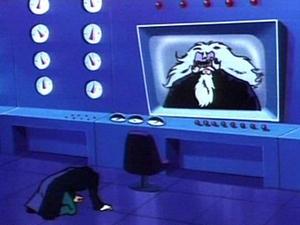
Episode 8: Great Devil Abdullah’s True Colors!!
January 21, 1973
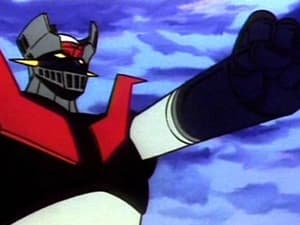
Episode 9: Deimos F3 is Satan's Bastard Child
January 28, 1973
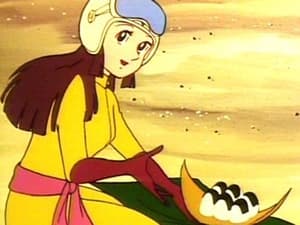
Episode 10: Strong arm flying in the sky Daian
February 4, 1973
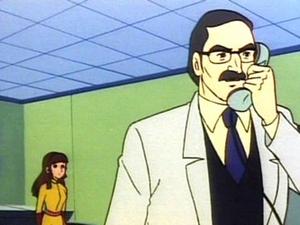
Episode 11: The Phantom Galen Cannon Is Going to Blow!!
February 11, 1973
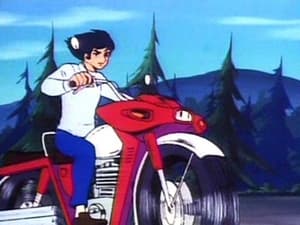
Episode 12: Traitor! The Enlarged Robot, Vikong!
February 18, 1973

Episode 13: The Devil's Great Rolling Attack!!
February 25, 1973

Episode 14: Rage! The Sleeping Giant, Spartan!
March 4, 1973

Episode 15: The Mechanical Beast Tsunami Plot
March 11, 1973
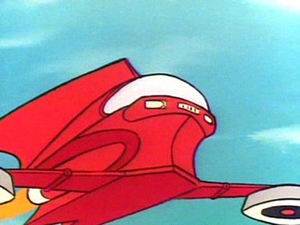
Episode 16: Orders to Assassinate Koji Kabuto!
March 18, 1973

Episode 17: The Underground Mechanical Beast, Holzon V3
March 25, 1973
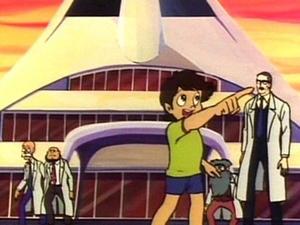
Episode 18: Gangster of the Sea, Pirate Glossom!
April 1, 1973
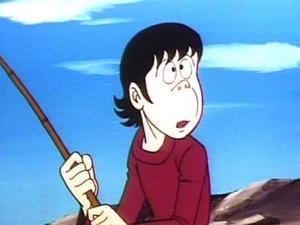
Episode 19: The Flying Demon Deviler X!
April 8, 1973

Episode 20: The Storm-Calling Mechanical Beast, Stronger
April 15, 1973
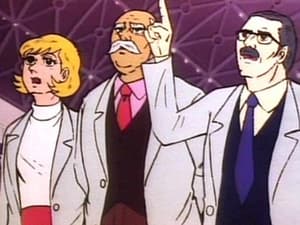
Episode 21: Showdown in a Ghost Town
April 22, 1973

Episode 22: Pursuit! Undersea Fortress Salude
April 29, 1973
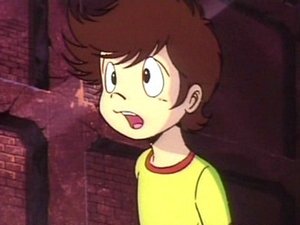
Episode 24: Mach Mechanical Beast Jinrai
May 13, 1973
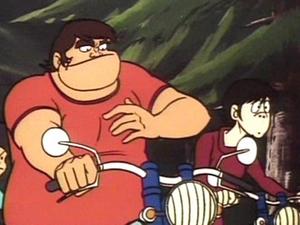
Episode 27: Operation: Capture Aphrodite A
June 3, 1973
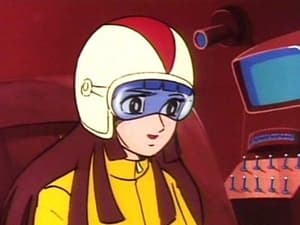
Episode 29: Great reversal Mazin Power!!
June 17, 1973
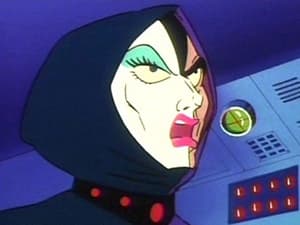
Episode 30: Shiro in Peril! Move out, Mazinger Z!
June 24, 1973

Episode 33: Big air-raid! Baras K is the sky's outlaw
July 15, 1973

Episode 37: Messenger from the darkness, scrander certain kill
August 12, 1973
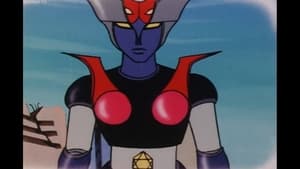
Episode 38: Enigmatic robot Minerva X
August 19, 1973
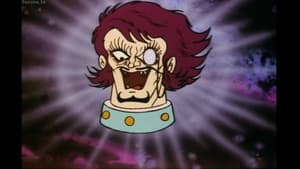
Episode 39: Challenge risking the life! Crimson sea Salude
August 26, 1973
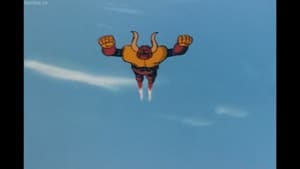
Episode 40: Devil governor count Brocken
September 2, 1973
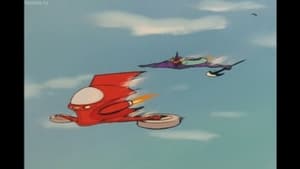
Episode 41: Broken wings sky's struggle to the death
September 9, 1973

Episode 42: Devil's command!! Concentrated attack on air and land
September 16, 1973

Episode 43: Assault!! Parachute surprise attack force
September 23, 1973

Episode 44: Big charge!! Bottom of new sea stronghold Rood
September 30, 1973

Episode 45: Photonic Energy Research Lab devil's target!
October 7, 1973

Episode 46: Ninja twin mechanical beasts appear
October 14, 1973
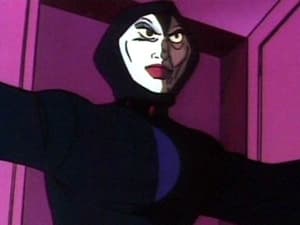
Episode 47: Heroic! Operation Hell's W
October 21, 1973
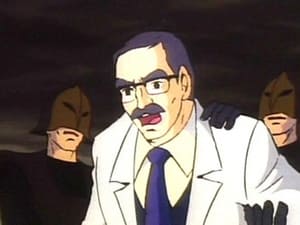
Episode 48: Boss Robot combat initiation!!
October 28, 1973

Episode 49: Great fight of the robot of madness
November 4, 1973
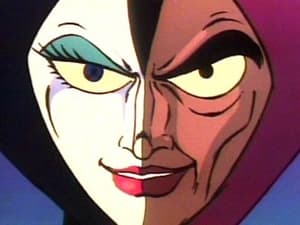
Episode 50: Shooting down!! Jet Scrander
November 11, 1973

Episode 51: Assassins from hell Skull's Army!
November 18, 1973

Episode 52: Kouji's crisis, Sayaka mobilizes Mazinger!
November 25, 1973

Episode 54: Explosion!! Powerful Rocket Punch!!
December 9, 1973
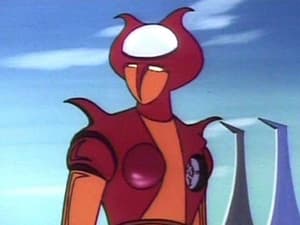
Episode 55: Mt. Fuji great straight descent operation
December 16, 1973

Episode 56: Stolen super-alloy Z!
December 23, 1973
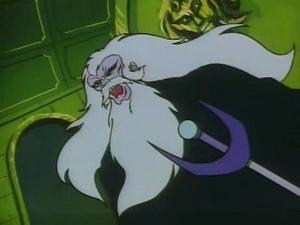
Episode 57: Dr. Hell's Japan occupation!!
December 30, 1973

Episode 58: Front base hell's castle!!
January 6, 1974

Episode 59: Hell's castle, the devil's battle proclamation!!
January 13, 1974

Episode 60: Mazinger Z secret weapon shooting!!
January 20, 1974
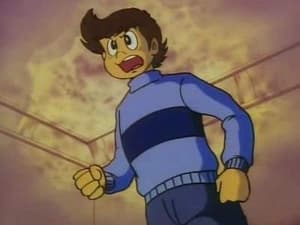
Episode 61: Song of the robot of fate Ryne X
January 27, 1974
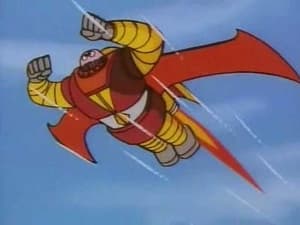
Episode 62: Unexpected?! Boss Robot mid-air flight
February 3, 1974
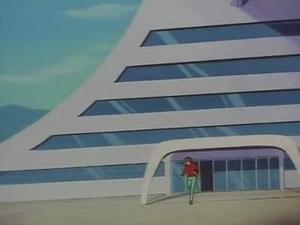
Episode 63: The beautiful girl carrying a bomb
February 10, 1974

Episode 64: Woman 007 VS Brocken devilish homicide
February 17, 1974
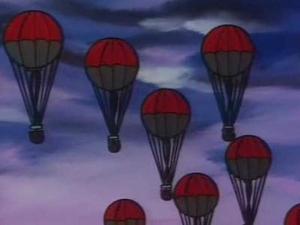
Episode 65: The ballon bomb carried by the wind
February 24, 1974
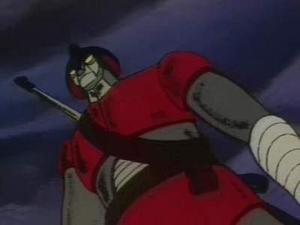
Episode 66: Shapeless hitman Jenova M9
March 3, 1974

Episode 67: Don't cry Kouji! The life placed in the Cross
March 10, 1974
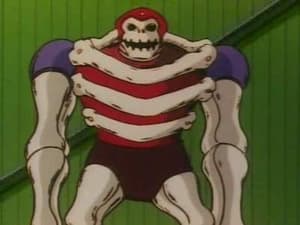
Episode 68: The bodyguard from hell Archduke Gorgon
March 17, 1974

Episode 69: Air solution! Hover Pilder
March 24, 1974

Episode 70: Invulnerable commander Kouji Kabuto!!
March 31, 1974
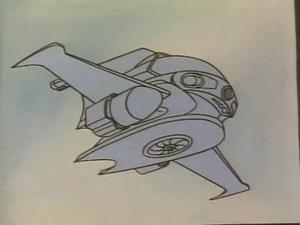
Episode 71: Crisis relief!! New Pilder GO!!
April 7, 1974

Episode 72: Certain kill!! Giant swing Rocket Punch
April 14, 1974

Episode 73: Abducted Mazinger Z
April 21, 1974
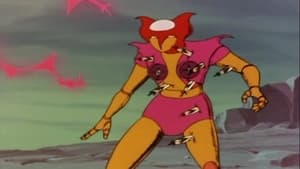
Episode 74: Heroic!! End of Aphrodite A
April 28, 1974
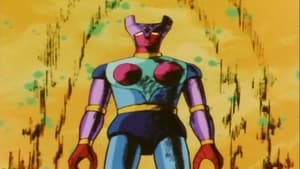
Episode 76: Lover of the era Diana A!
May 12, 1974

Episode 77: Dying officer Count Brocken
May 19, 1974
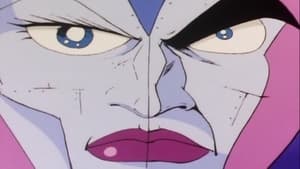
Episode 79: One second before Mazinger's explosion!!
June 2, 1974
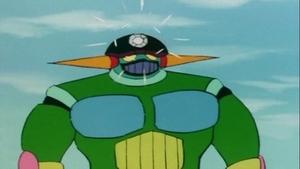
Episode 80: Fall in Birds Island's trap!!
June 9, 1974
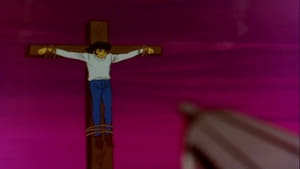
Episode 81: Sleep in hell!! Kouji Kabuto!!
June 16, 1974
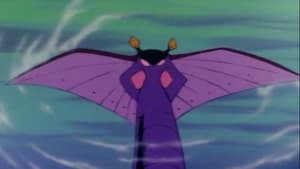
Episode 85: Bizarre!! The black shadow's attack!!
July 14, 1974

Episode 89: Now or never!! The 4,000m under earth wonder!!
August 11, 1974
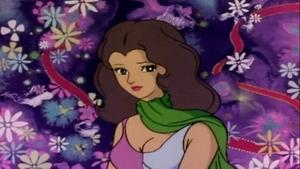
Episode 90: Enrage Shiro!! Defeat your mother's vestige
August 18, 1974
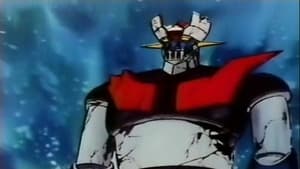
Episode 92: Death Match! Resurrect our Mazinger Z
September 1, 1974
